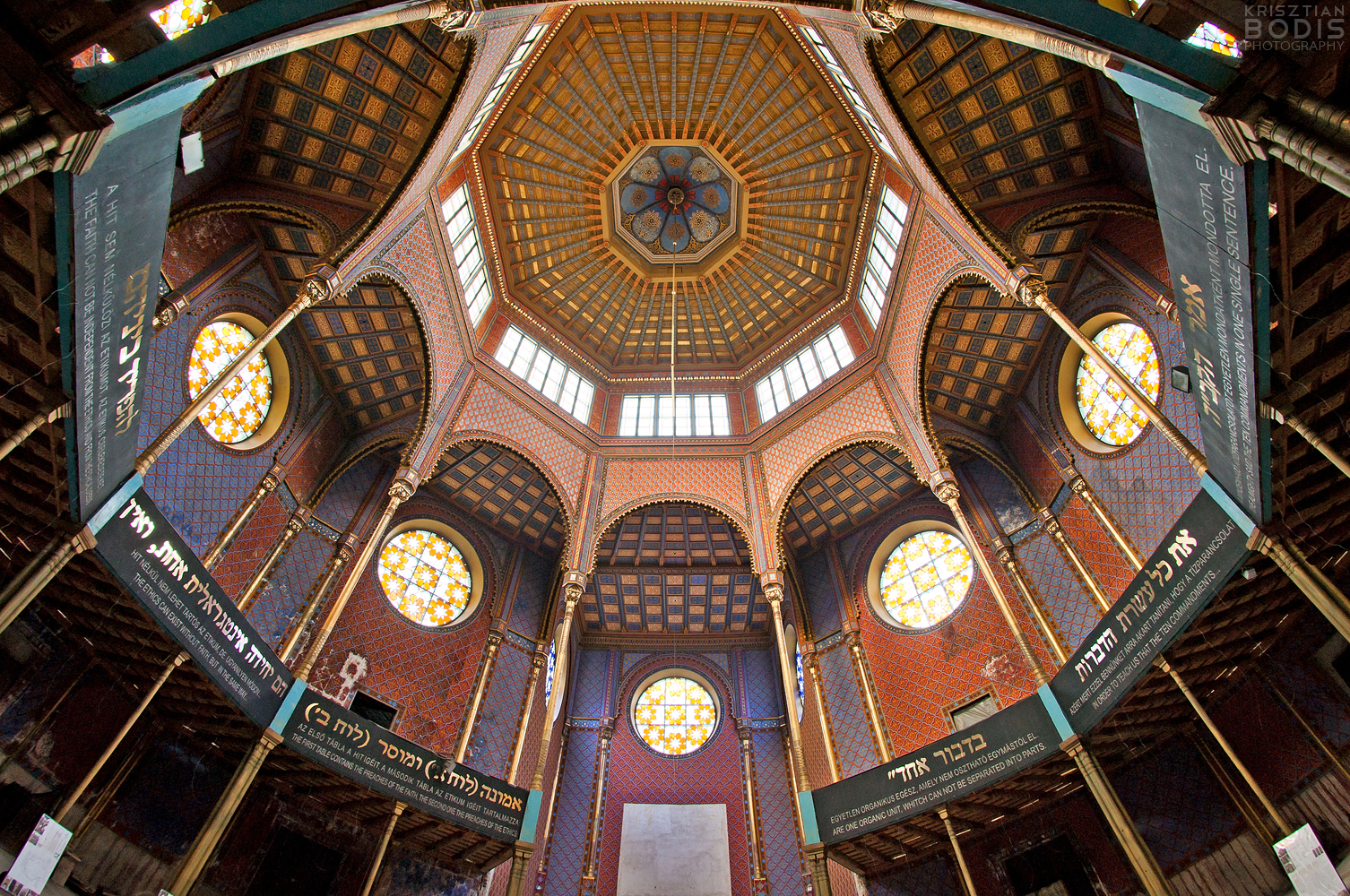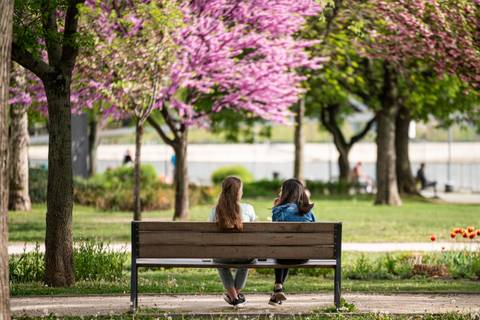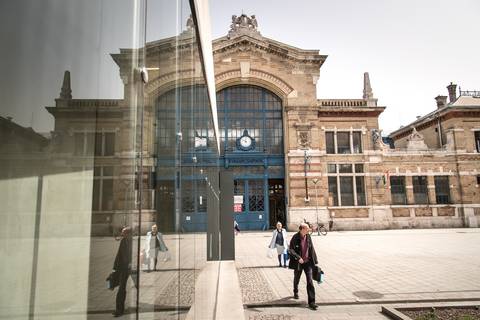One of the most interesting landmarks in Budapest’s Jewish Quarter, the 143-year-old Rumbach Sebestyén Street Synagogue, will soon be restored to its former glory. Its original designer, Austro-Hungarian architect Otto Wagner, was one of the region’s most influential turn-of-the-century architects, and this ornate temple near Madach Square was one of his early masterpieces. In addition to refurbishing the synagogue to again be an active place of worship, the historic edifice will also house a new museum.
A truly outstanding figure of the Vienna Secession, Otto Wagner had a strong influence on his pupils at the Academy of Fine Arts. This Budapest synagogue – built for the Status Quo Ante community – is one of his earlier designs, as he was only 28 years old when the construction of the edifice started. It is likely that Mór Kallina, best known for designing the Budai Vigadó and the Honvéd High Command in the Castle District, may also have contributed to the design plans of the edifice.
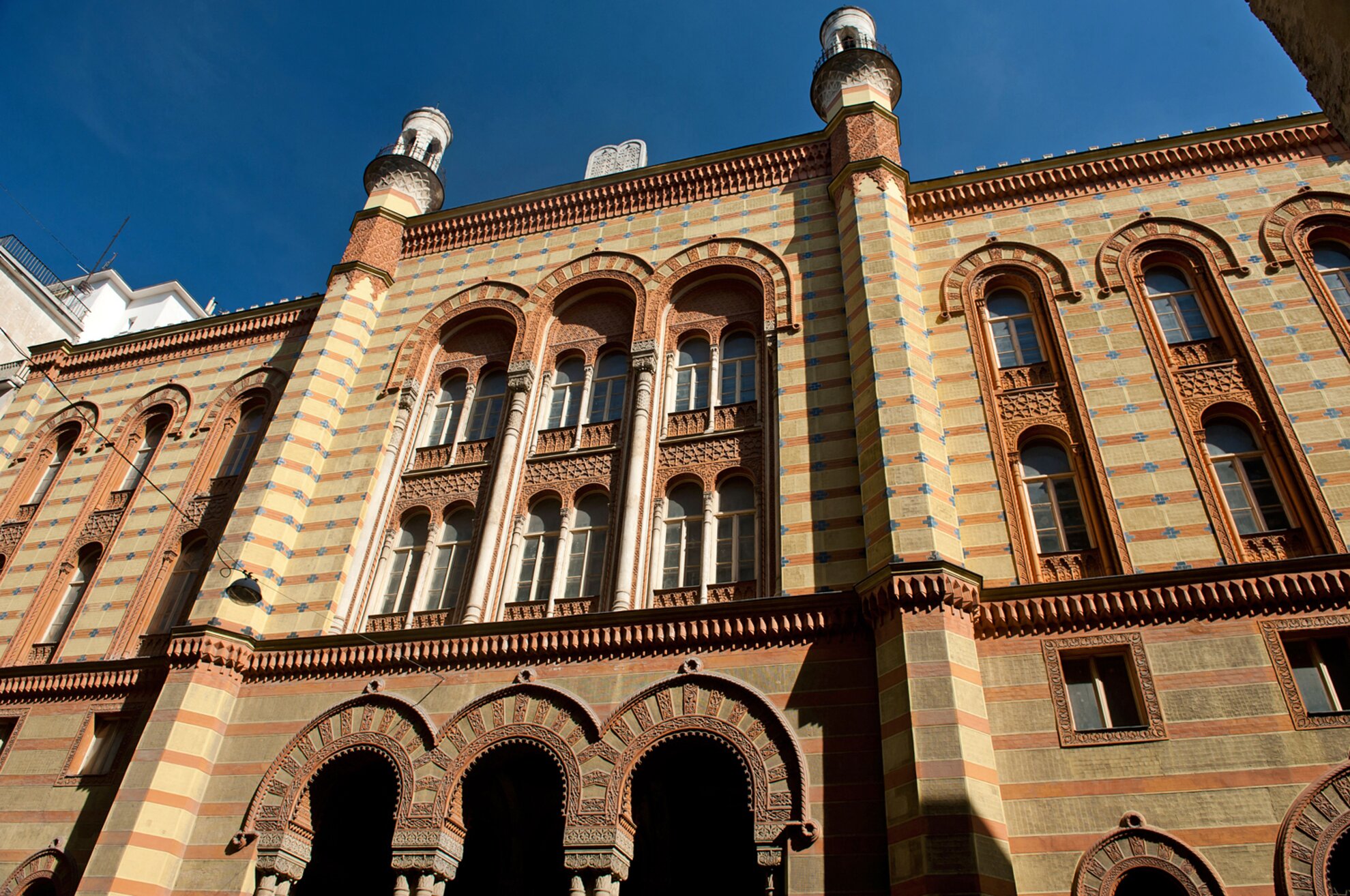
The temple was constructed between 1869 and 1872. Both Romantic and Moorish elements are found among the ornaments, such as the two minaret-like domed towers rising above the symmetrical façade, as well as the ornamented double-framed windows and Moses’s two stone tablets in the middle. The grayish yellow plastering is enhanced with strips of red bricks and blue enameled bricks.
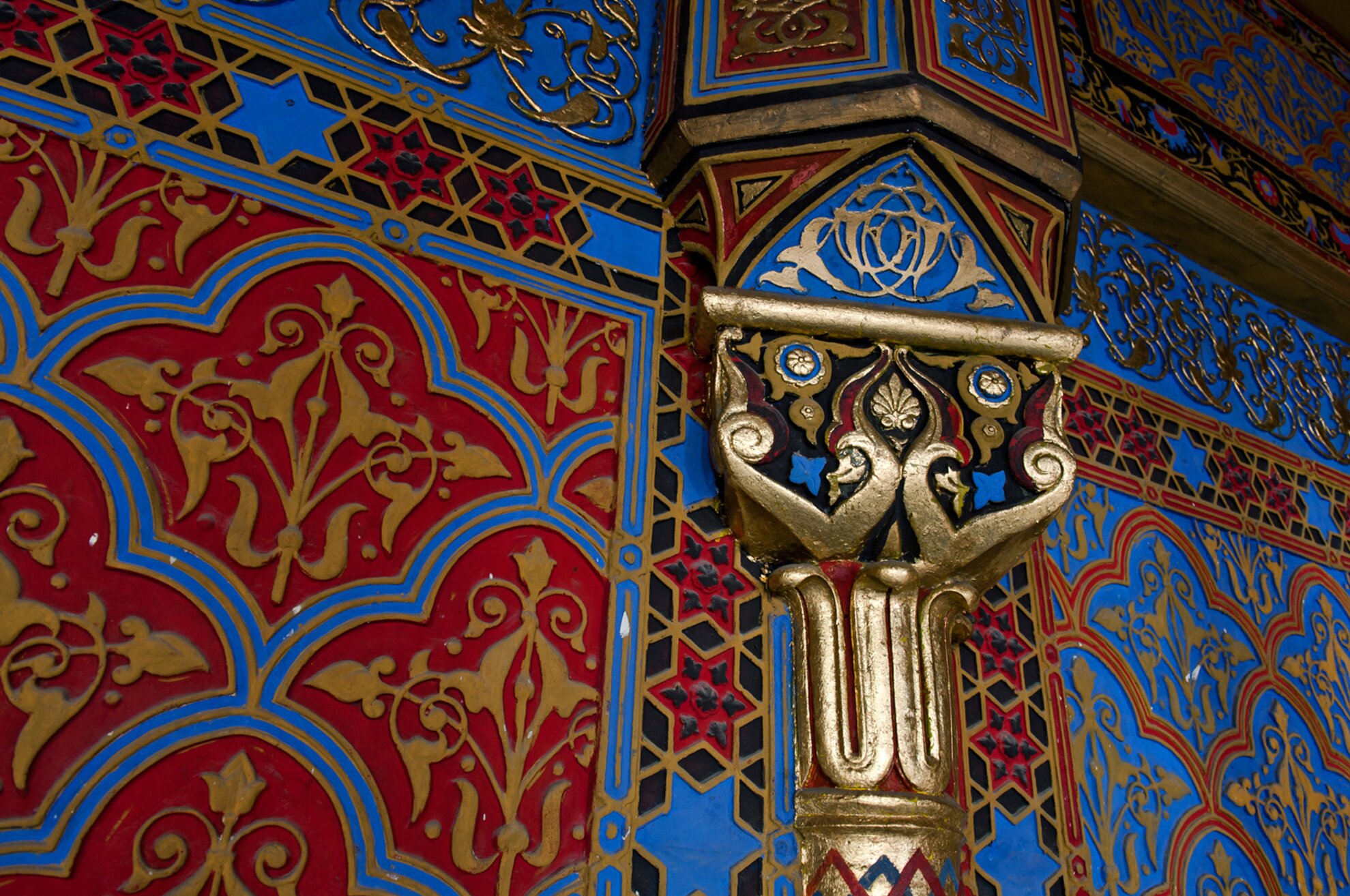
A tall and ornamented dome is found above the octagonal interior, with eight slender iron columns and Moorish-like Alhambra column caps below. The walls are decorated with gold, blue, and scarlet embossments.

The building has been in a ruinous condition since World War II, and it has not been used for religious purposes since 1959. Its restoration was once started at the beginning of the ’90s, but unfortunately the effort soon ceased. After its reconstruction in the near future, the Federation of Hungarian Jewish Communities plans to put the building into active use. Furthermore, a museum will await visitors here, while the synagogue will again be a suitable community and sacral spot.

A total area of 5,700 square meters on six floors is planned to be renovated, according to a former article by Magyar Építők – hence, not only the Rumbach Sebestyén Street Synagogue will be reconstructed, but the budget will be enough for the refurbishment of other edifices of the Jewish religious communities, including educational institutes, as well.

